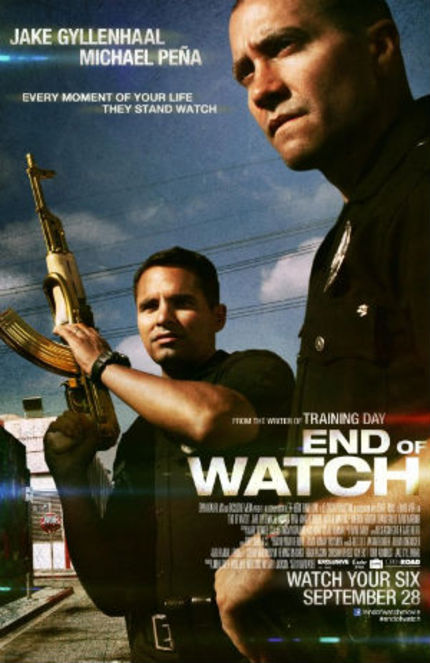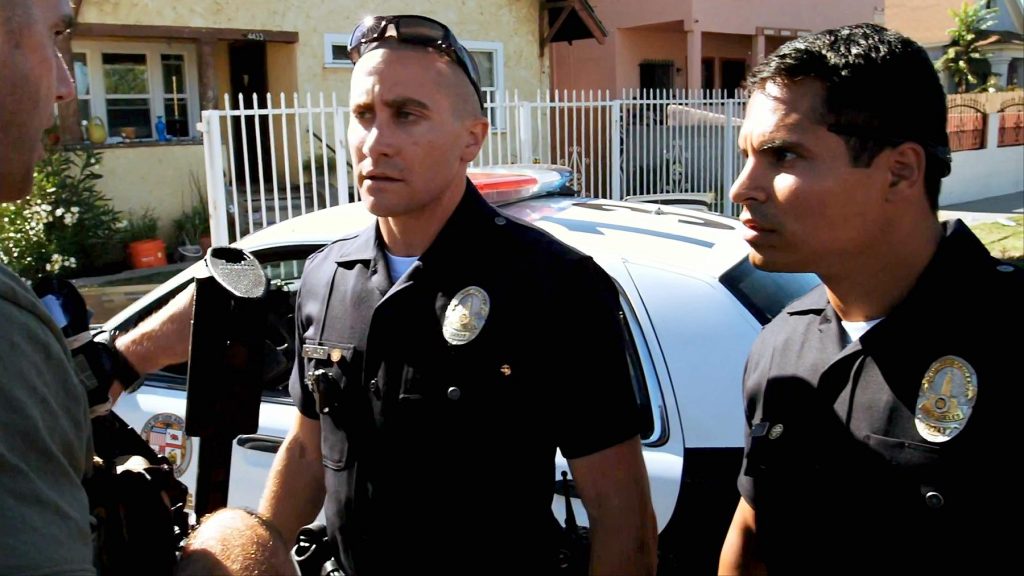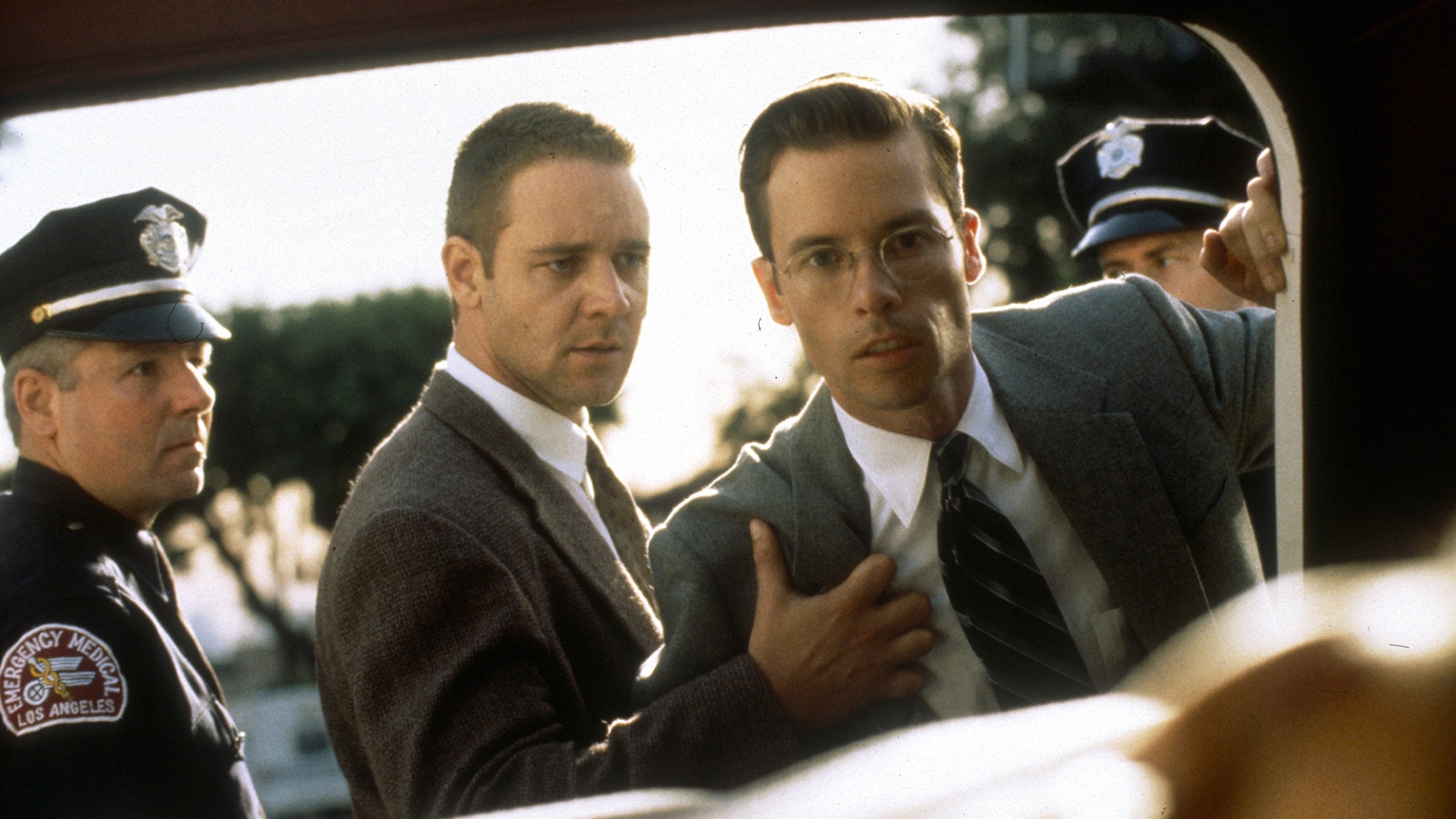Past the Badge: Exploring the Gritty Realism of Cop Films Like Finish of Watch
Associated Articles: Past the Badge: Exploring the Gritty Realism of Cop Films Like Finish of Watch
Introduction
With nice pleasure, we’ll discover the intriguing matter associated to Past the Badge: Exploring the Gritty Realism of Cop Films Like Finish of Watch. Let’s weave attention-grabbing info and supply recent views to the readers.
Desk of Content material
Past the Badge: Exploring the Gritty Realism of Cop Films Like Finish of Watch

David Ayer’s 2012 movie Finish of Watch is not simply one other police procedural. Its found-footage type, uncooked realism, and unflinching portrayal of the hazards confronted by officers on the streets of Los Angeles resonated deeply with audiences, setting a brand new benchmark for cop motion pictures. Whereas the style boasts a wealthy historical past, Finish of Watch carved a definite area of interest, inspiring a wave of movies that prioritize authenticity and emotional depth over stylized motion sequences. This text explores the cinematic panorama past Finish of Watch, analyzing movies that share its dedication to gritty realism, advanced characters, and an unflinching take a look at the ethical ambiguities inherent in police work.
The movie’s success hinges on its modern use of found-footage. The angle shifts from the officers’ physique cameras to their handheld gadgets, creating an immersive expertise that locations the viewer instantly into the center of the motion. This intimacy fosters a robust reference to the protagonists, Brian Taylor (Jake Gyllenhaal) and Mike Zavala (Michael Peña), permitting us to witness their camaraderie, their fears, and their unwavering dedication to their jobs. This strategy, not often seen within the style earlier than Finish of Watch, set a brand new commonplace for visceral storytelling, influencing subsequent movies searching for to duplicate its immediacy and realism.
A number of movies have adopted in Finish of Watch‘s footsteps, striving to seize the identical uncooked vitality and emotional resonance. One notable instance is The Protect, whereas not strictly a movie, the FX tv sequence exemplifies the identical dedication to gritty realism and morally gray characters. Spanning seven seasons, The Protect chronicles the exploits of the Strike Staff, a bunch of Los Angeles cops working exterior the boundaries of the regulation. Just like Finish of Watch, the sequence explores the moral dilemmas confronted by officers in a high-crime atmosphere, forcing viewers to confront the complexities of justice and the blurred strains between proper and mistaken. The present’s unflinching portrayal of police corruption and brutality, whereas controversial, mirrors the darker facets of Finish of Watch and contributes to its general influence.
One other movie that echoes Finish of Watch‘s realism is Coaching Day (2001). Whereas not using the found-footage approach, the movie’s intense environment and unflinching portrayal of police brutality and corruption create an identical sense of unease and stress. Denzel Washington’s Oscar-winning efficiency as Alonzo Harris, a corrupt detective, is a masterclass in portraying ethical ambiguity. The movie’s give attention to the ethical compromises made within the title of regulation enforcement mirrors Finish of Watch‘s exploration of the psychological toll taken on officers always going through life-threatening conditions. The brutal honesty of each movies challenges viewers to confront the troublesome realities of policing in city environments.
Shifting past the American context, Metropolis of God (2002) affords a distinct perspective on city violence and the battle for survival. Whereas not targeted on cops, the movie’s visceral depiction of gang warfare in a Rio de Janeiro favela gives a parallel to the damaging environments confronted by the officers in Finish of Watch. The movie’s uncooked vitality and unflinching portrayal of violence, coupled with its give attention to the human price of battle, echoes the emotional depth and realism of Ayer’s work. Each movies reach conveying the brutal realities of their respective settings, creating a robust sense of immersion and empathy for the characters concerned.
The affect of Finish of Watch can be seen in newer movies that embrace an identical aesthetic and thematic strategy. Detroit (2017), one other David Ayer movie, shares the director’s penchant for gritty realism and unflinching portrayal of violence. Whereas targeted on a selected historic occasion – the 1967 Detroit riots – the movie’s depiction of police brutality and the systemic racism inside the police drive mirrors among the thematic considerations of Finish of Watch. The movie’s immersive type and emotionally charged narrative contribute to its energy, reminding viewers of the continued battle for justice and equality.
Nonetheless, the pursuit of realism is not with out its critics. Some argue that the give attention to graphic violence and morally ambiguous characters can glorify and even desensitize audiences to the realities of police brutality. This criticism highlights the moral issues inherent in depicting violence on display and the potential influence on viewers. Finish of Watch, whereas aiming for realism, doesn’t draw back from the results of violence, each bodily and emotional, highlighting the human price of police work. This can be a key component that separates it from movies that may merely sensationalize violence for leisure worth.
Moreover, the reliance on found-footage could be a double-edged sword. Whereas it enhances the sense of immediacy and realism, it may well additionally restrict the director’s management over the visible storytelling. The shaky digital camera work, whereas efficient in conveying the adrenaline-fueled chaos of police work, can be distracting or disorienting for some viewers. The success of this system hinges on its skillful execution, a steadiness that Finish of Watch largely achieved.
In conclusion, Finish of Watch stands as a big contribution to the cop film style, pushing the boundaries of realism and emotional depth. Its affect might be seen in a variety of movies and tv sequence that share its dedication to gritty storytelling, advanced characters, and unflinching portrayals of the realities of police work. Whereas the moral issues surrounding the depiction of violence and the usage of found-footage stay necessary factors of debate, the movie’s influence on the style is plain. Its legacy lies not solely in its modern type but additionally in its skill to foster empathy and understanding for the challenges confronted by regulation enforcement officers within the face of immense hazard and ethical ambiguity. The movies that comply with in its footsteps proceed to discover these themes, providing numerous views and deepening our understanding of the advanced relationship between police and the communities they serve. The enduring energy of Finish of Watch lies in its skill to impress thought and dialog, prompting viewers to interact with the troublesome realities it portrays and think about the human price of each violence and the pursuit of justice.







Closure
Thus, we hope this text has offered useful insights into Past the Badge: Exploring the Gritty Realism of Cop Films Like Finish of Watch. We hope you discover this text informative and helpful. See you in our subsequent article!


